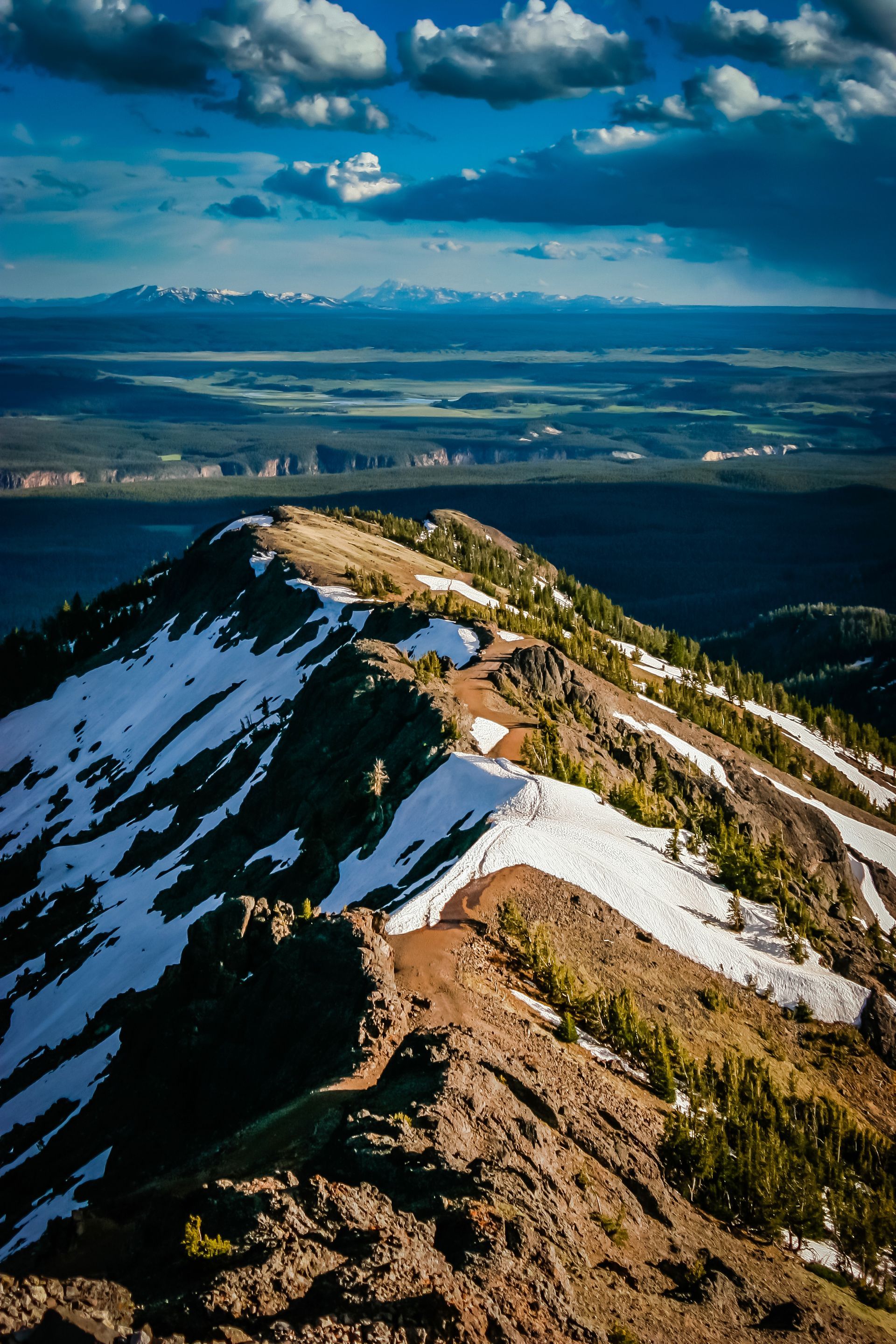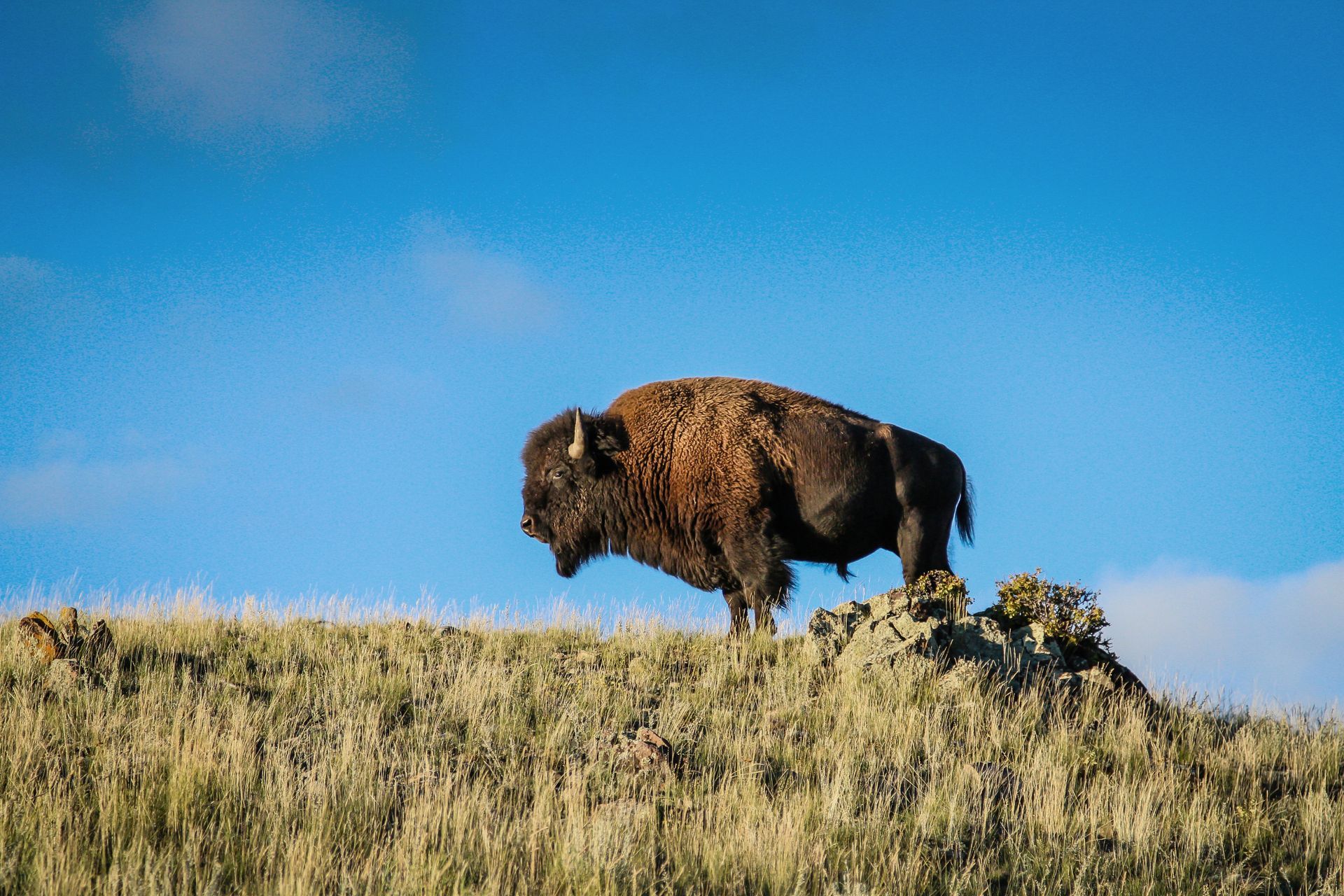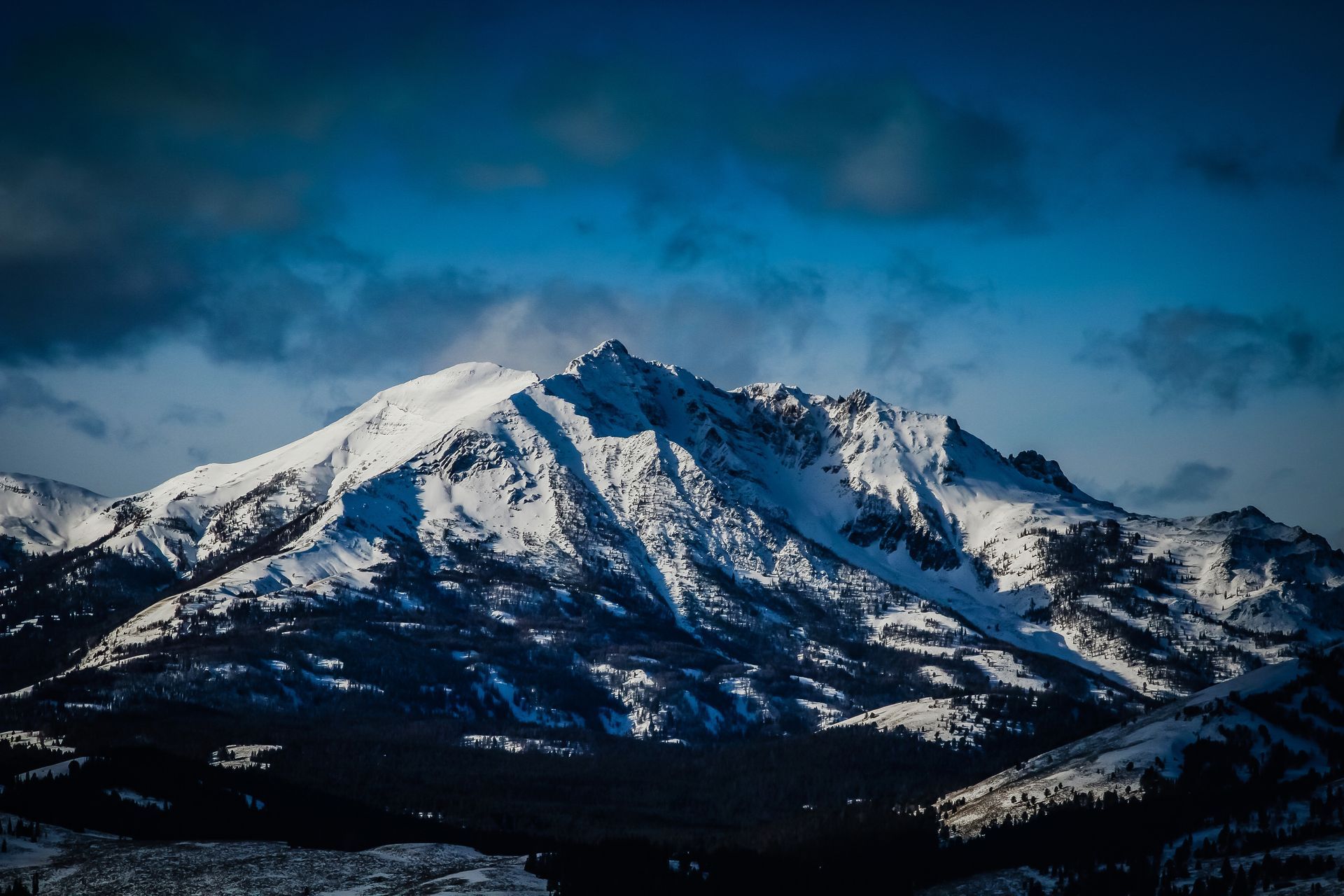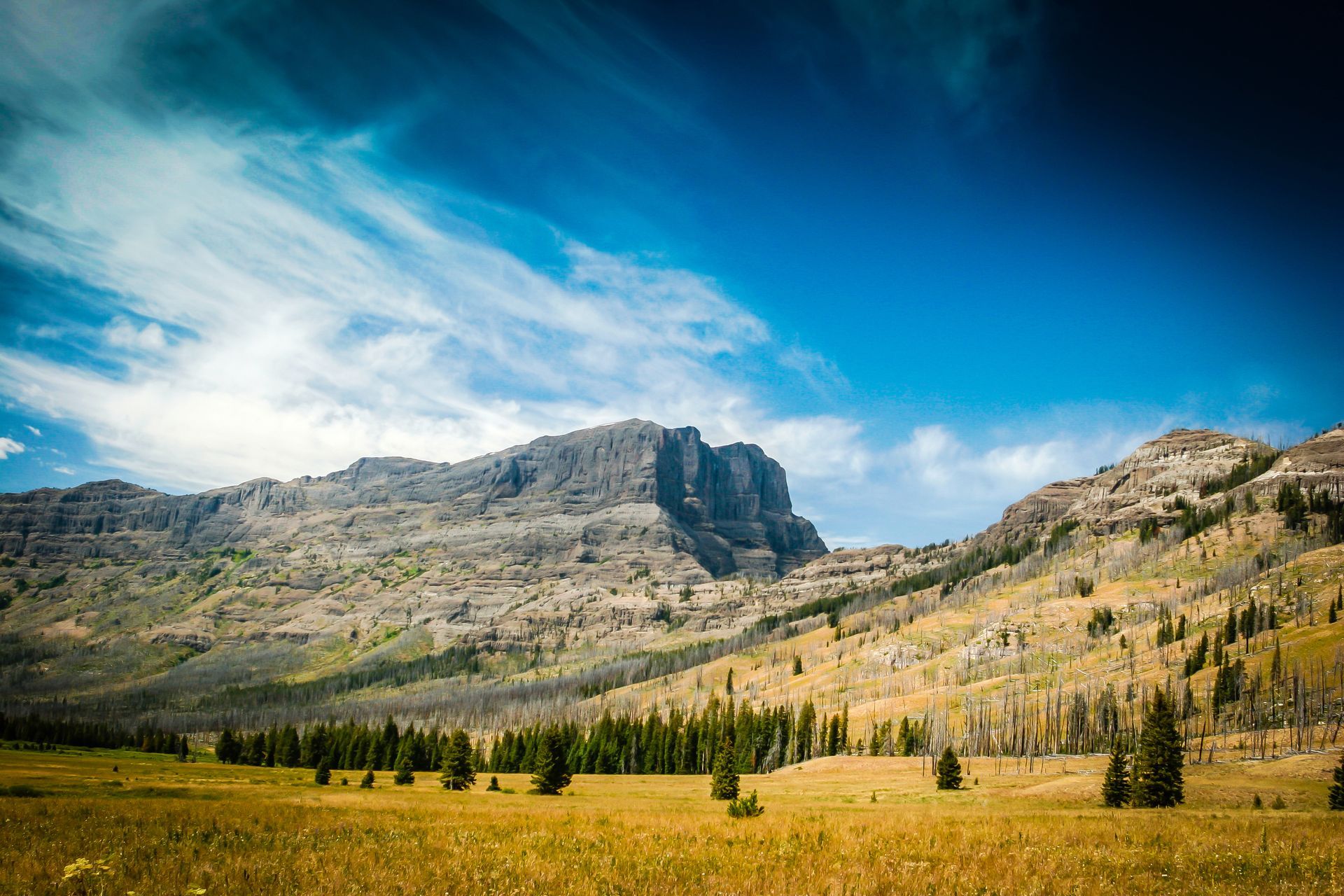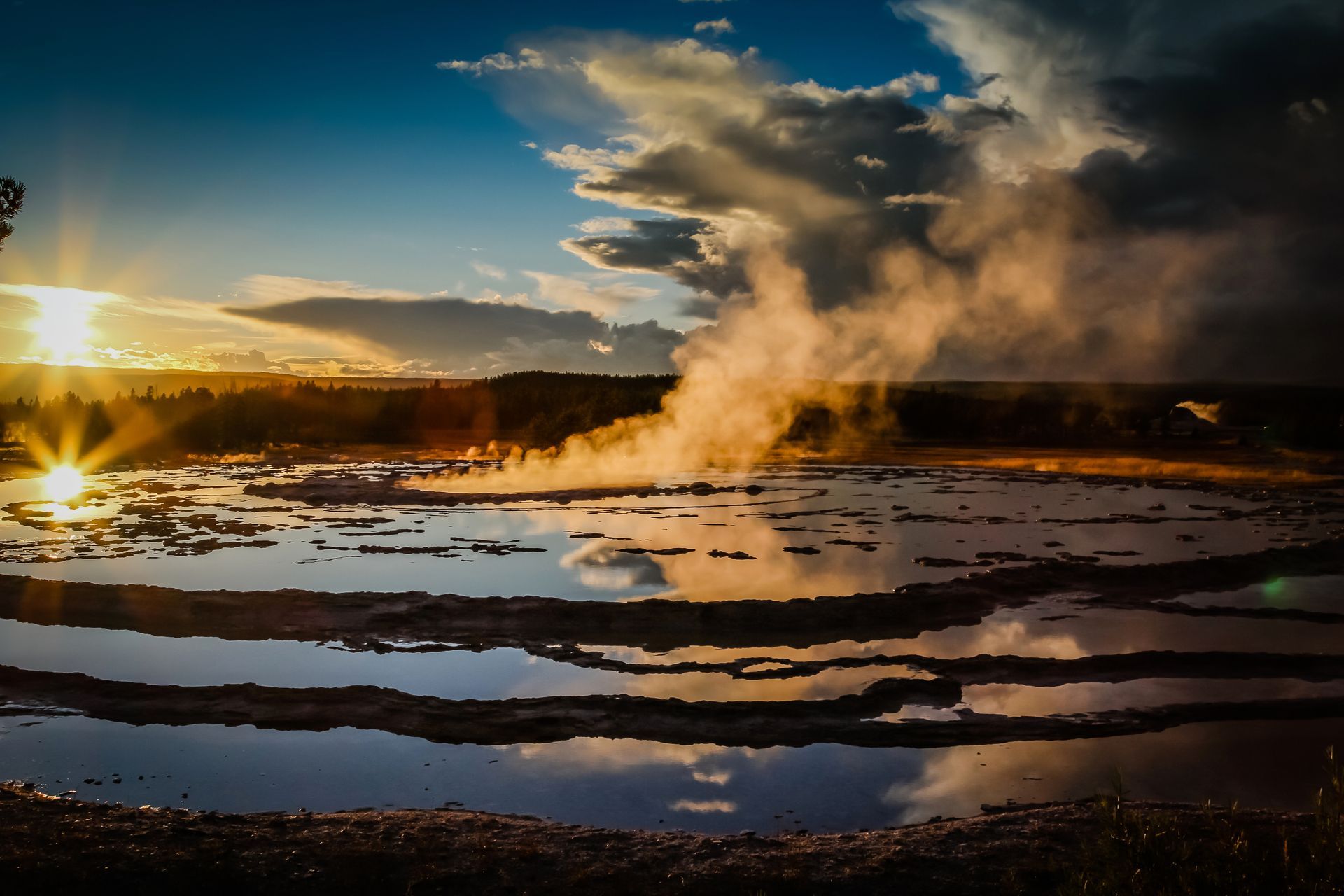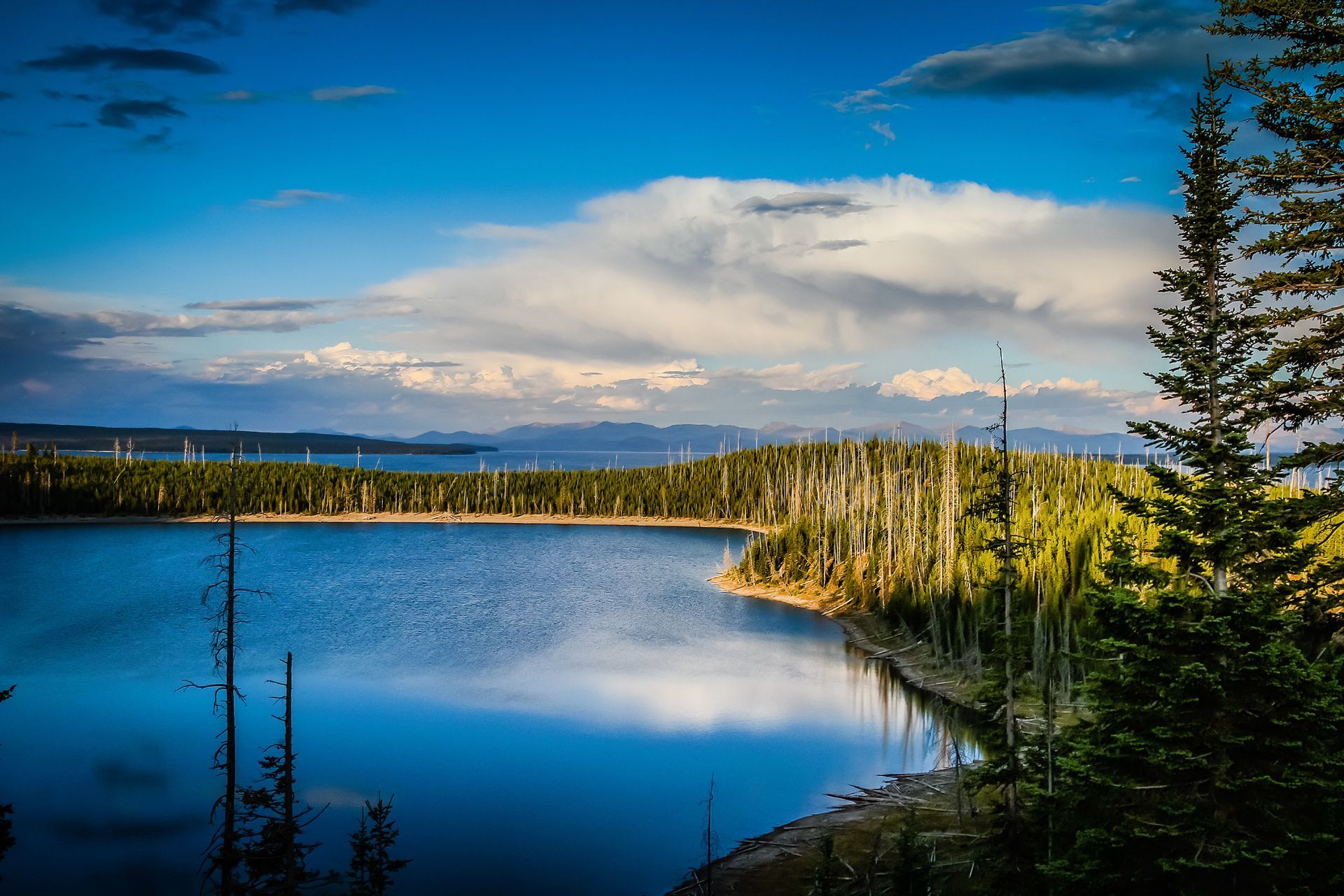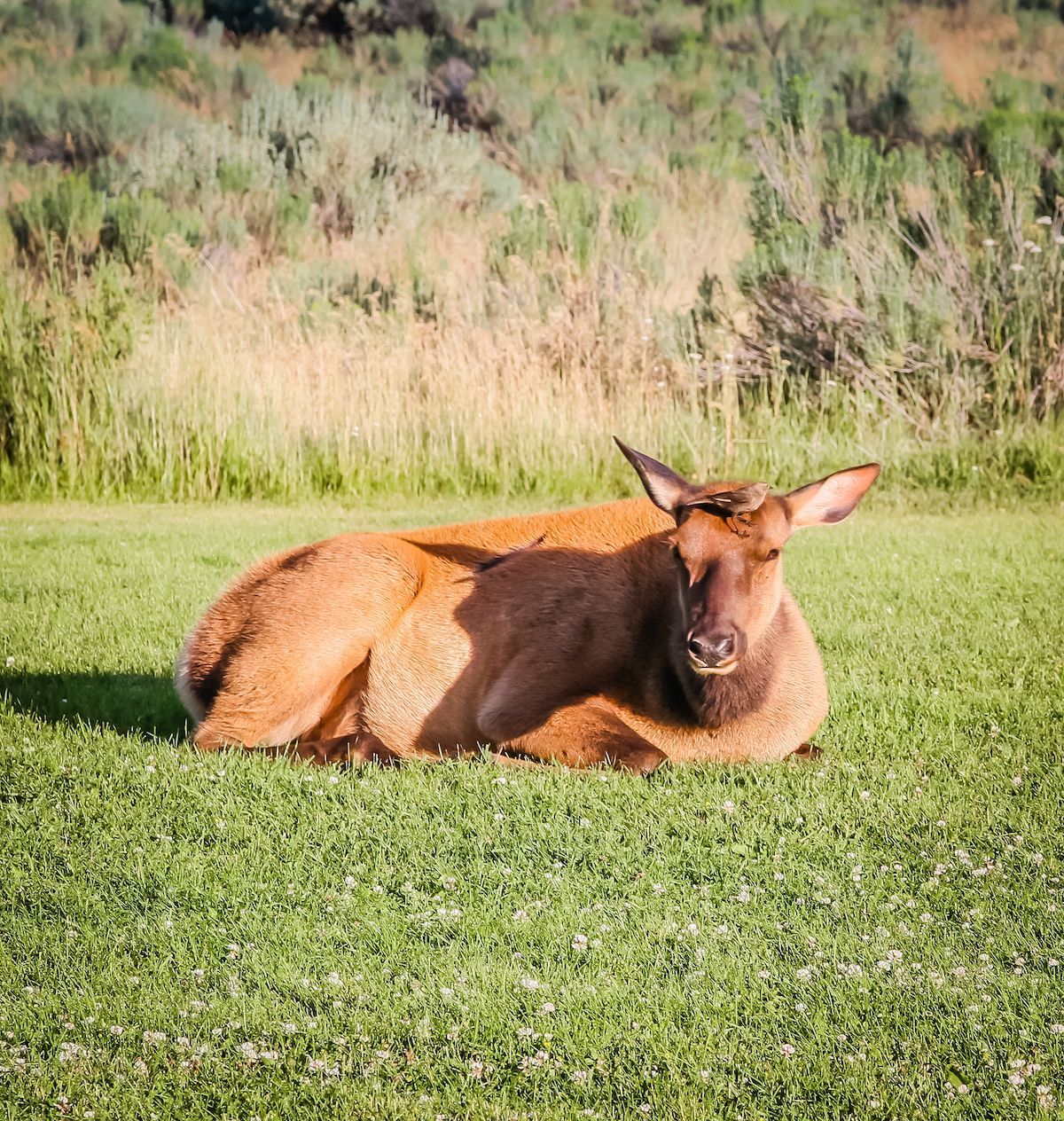Yellowstone National Park
America's First National Park
The Yellowstone Ecosystem
Yellowstone is a truly remarkable place. This 2.2 million acre wilderness became our nations first national park on March 1st, 1872 and attracts more than 4.5 million tourists every year. Yellowstone is synonymous with geysers and hot springs and contains nearly two-thirds of all the geysers found on our planet, with Old Faithful being one of the park's most recognizable thermal features. Much of the hydrothermal activity here is powered by a giant reservoir of magma located just below the earth's surface and Yellowstone has been shaped by a series of super volcanos that have changed the landscape in this region for millions of years.
Yellowstone is also one of the last remaining temperate ecosystems in the world. It contains one of the richest and most diverse collections of flora and fauna found anywhere in the lower 48. The park is home to wolves, coyote, fox, moose, deer, elk, bighorn sheep, pronghorn antelope, bison, lynx, eagles, black bears and of course the powerful grizzly bear. Places like the Lamar Valley and the Hayden Valley are prime locations for observing many of these larger mammals and should be on your to-do list when you visit the park.
With over 300 backcountry campsites and over 1,000 miles of hiking trails the recreational opportunities are endless, making Yellowstone a true wilderness experience. It's here that you'll find wildlife grazing in lush open meadows, winding rivers filled with native trout meandering through immense river valleys, and rugged mountain peaks that provide an unforgettable backdrop to this one-of-a-kind national park.
Click any image below to open a slide show.
The Yellowstone Caldera
Much of Yellowstone is situated on a high plateau in the northwestern corner of Wyoming in the midst of the beautiful Rocky Mountains. This plateau is the result of a massive volcanic eruption that occurred around 630,000 years ago. This catastrophic event was 1,000 times more powerful than the Mount St. Helens disaster in 1980, and formed the caldera that is now located at the center of the park. The boundary of the caldera is approximately 45 x 30 miles in diameter (see the diagram below) and is just one of a handful of similar events that have altered the topography in and around Yellowstone National Park.
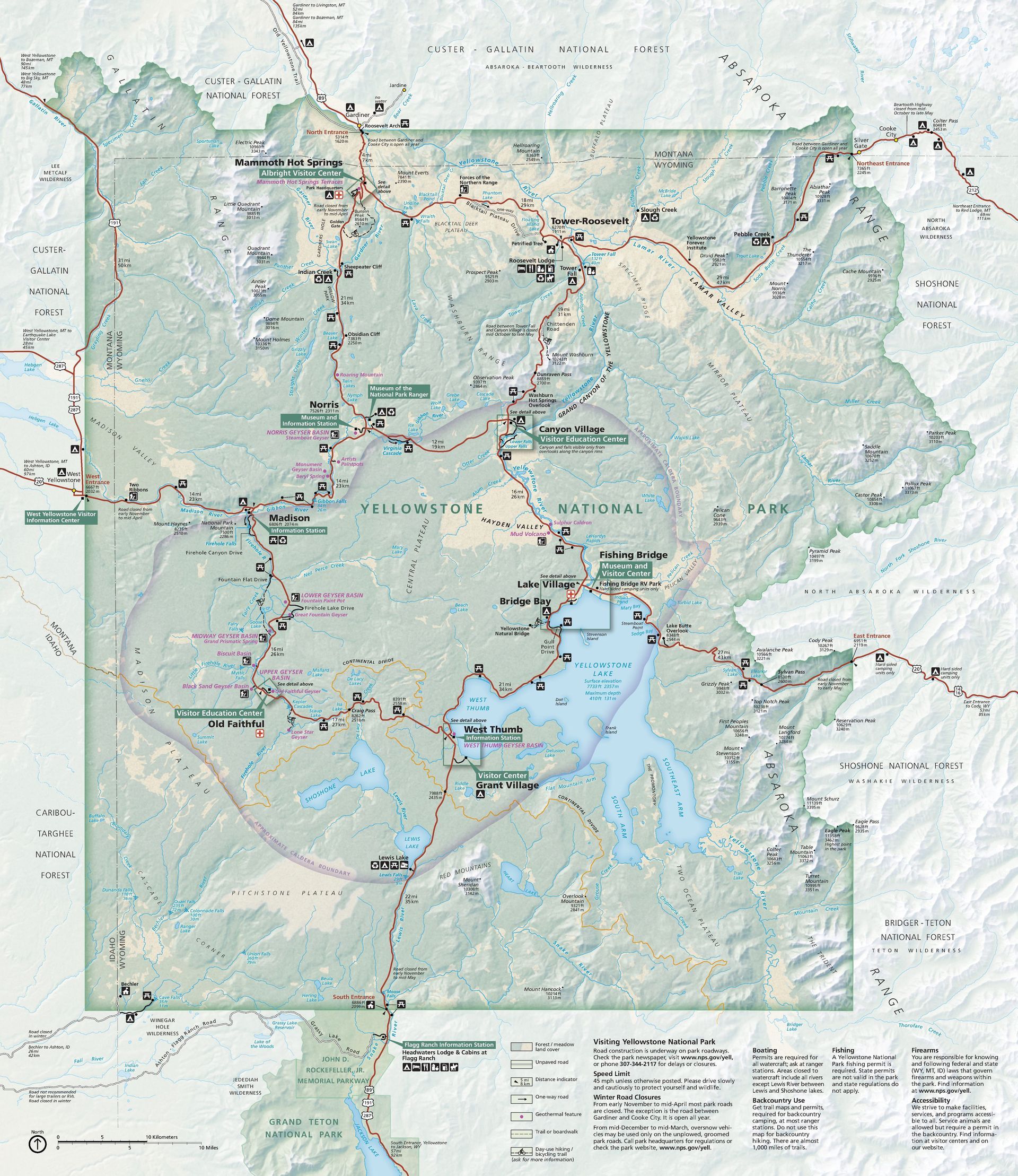
Wildfires and Yellowstone
The effects of wildfires in Yellowstone are evident in just about every corner of the park. Natural processes are continually at work in Yellowstone and wildfires play an important role in reshaping these landscapes. To the casual observer wildfires may appear to be incredibly disruptive but they are a beneficial part of a changing ecosystem and help develop new and diverse landscapes over time.
To understand many of the natural processes that take place within Yellowstone you have to think in geological time, the scale of which can be enormous. What seems like a lifetime to us—and often is—will only be a tiny blip in the grand geologic scale. These recovery cycles for many plant species will vary greatly and it may take only 20 years for grasslands and smaller shrubs to recover and up to 300 years for some pine forests. No matter how long this regeneration process takes, wildfires are another important player in the park's evolutionary cycle and some plant species benefit greatly from thee changes. Lodgepole pines for example, which account for 80% of the forests within the park, are 'fire-adpated'. Their cones are naturally sealed by a very sticky resin and only the intense heat from a forest fire will open the cones and release the new seeds. Fertilized by the ashes from these wildfires the newly deposited seeds will become the next generation of forests.
During the summer of 1988—in one of the worst fire seasons in Yellowstone's history—more than 750,000 acres of the park's 2.2 million acres had been completely burned. Forty two wildfires were caused by lighting strikes and another nine were human-caused. While the effects of these wildfires are still clearly visible throughout the park, we can see just how resilient and well prepared nature is at dealing with these natural events. One thing is certain, both fire and hydrothermal activity will continue to change the landscape in Yellowstone National Park.


